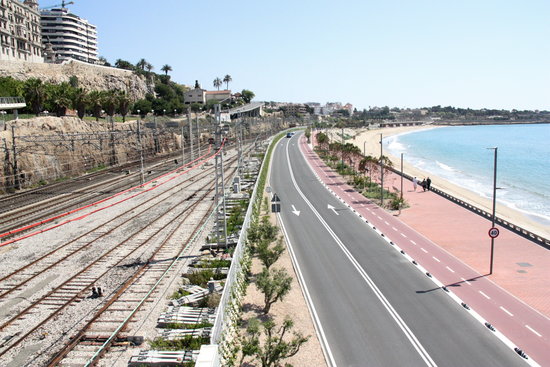The unfinished high-speed rail link decades in the making
Once completed, the Mediterranean Corridor will connect the south of Spain with the French border and serve 40% of Spain’s population

The Mediterranean Corridor is the decades-unfinished railway line that stretches all along Andalusia in the south of Spain, northward through Murcia and Valencia, all along Catalonia, and finally to the French border.
Years ago, plans were for a high-speed rail line were drawn up which would connect this whole stretch of land, but setback after setback has led to many delays, and still no full connection service in sight.
Camp de Tarragona train station, in southern Catalonia, is where the high-speed train link needs to be connected with the existing line. Once that happens, the south of France will be connected with the south of Spain via the high-speed train along the Mediterranean coast, but until then, everything still needs to go through Madrid
If you want to travel between Barcelona and Valencia, the two biggest ports in Spain, via high-speed train, you have to go through Madrid to do so. This turns a roughly 350km journey into a near-950km journey.
There’s widespread agreement from the populations that the route would serve that the line is urgently needed. The 1300km of coast that this train line will serve is home to 40% of Spain’s total population, accounts for 40% of its GDP, and for 65% of its maritime traffic.
High-speed rail access to these hugely important ports will have huge benefits. Not only will people be able to travel much quicker and easier, but the completed train line will allow goods to be transported between Spain and the rest of Europe with more ease and efficiency. The project is also backed with European funding.
Catalan politicians have criticized what they deem a “lack of effort” on behalf of the Spanish government to complete the works on the infrastructure, while opposition in Catalonia blame Catalan “protectionism” for the delays.
The Valencia-Tarragona line was being discussed as far back as the 1990s, and shortly afterwards plans to connect the entirety of the Mediterranean Corridor started to come together. But with the delays and setbacks, current projections of when the whole train line will be open and in operation isn’t until 2025.